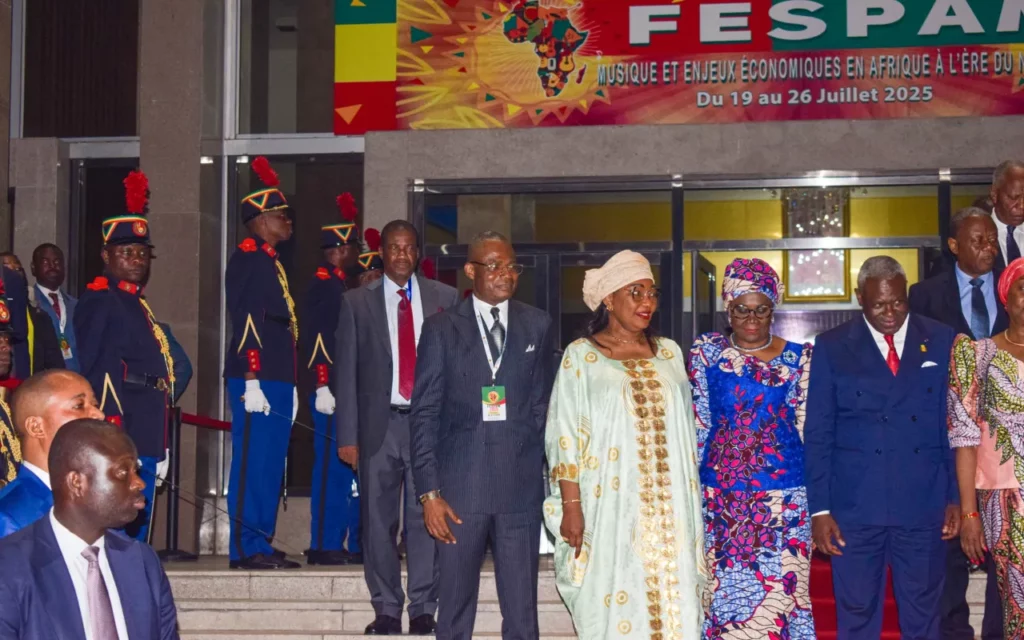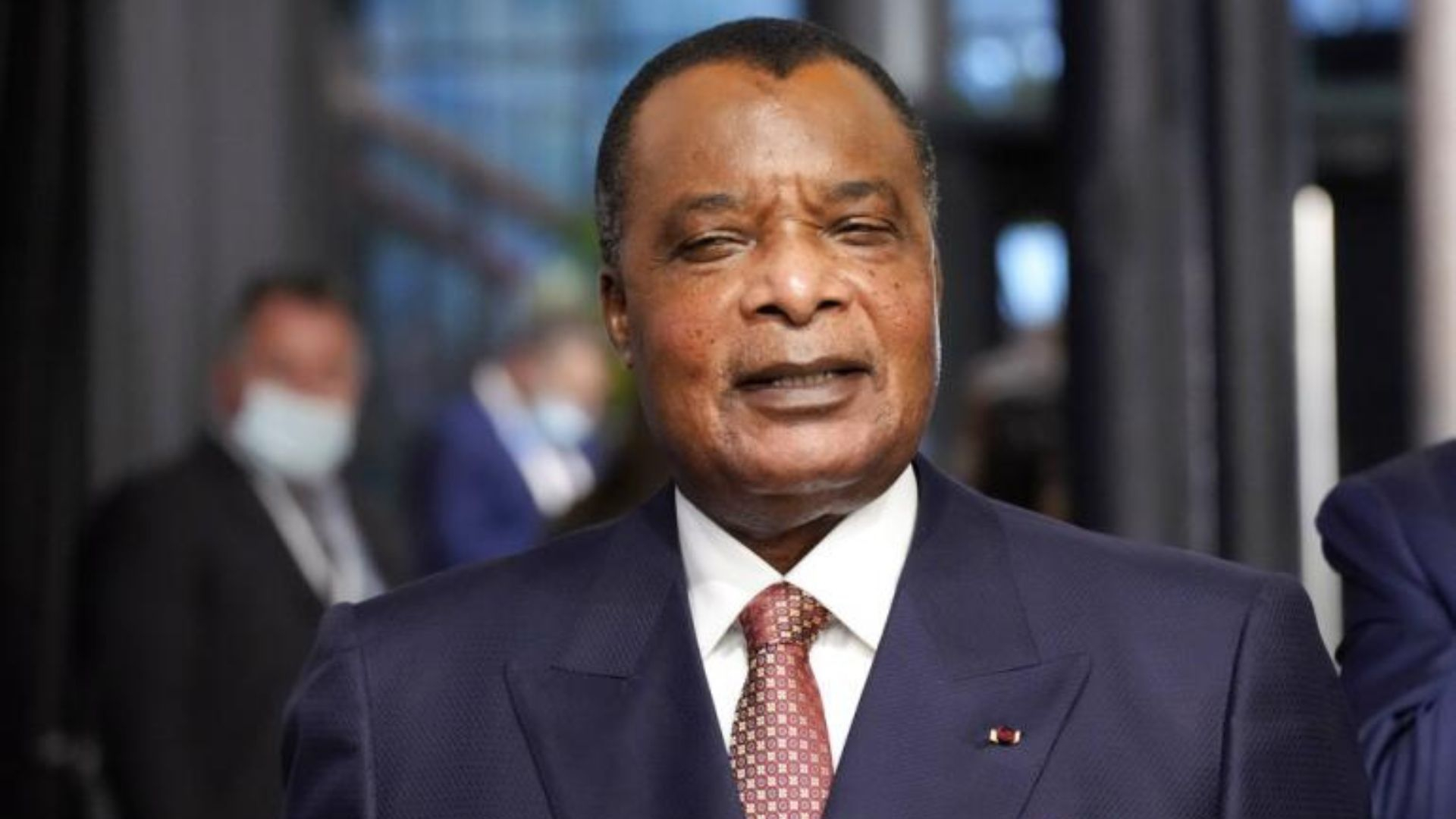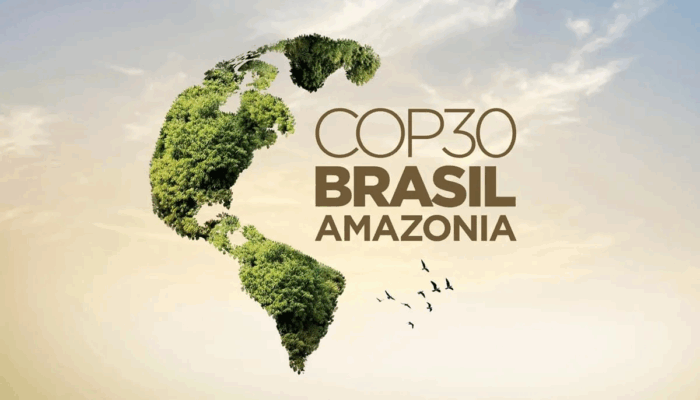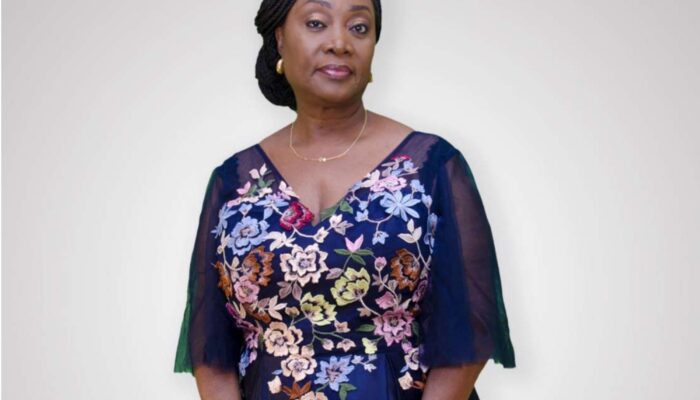The sun had long set over Brazzaville, but the drums still echoed through the streets. Bodies moved to the rhythm, voices soared, faces lit up with joy. On Saturday, July 26, the Congolese capital surrendered to one last surge of euphoria to close out the 12th edition of the Pan-African Music Festival (FESPAM) in spectacular fashion. And for the first time, it was President Denis Sassou N’Guesso himself who brought the curtain down on this vibrant celebration of African artistry — a rare, powerful, and symbolic moment.
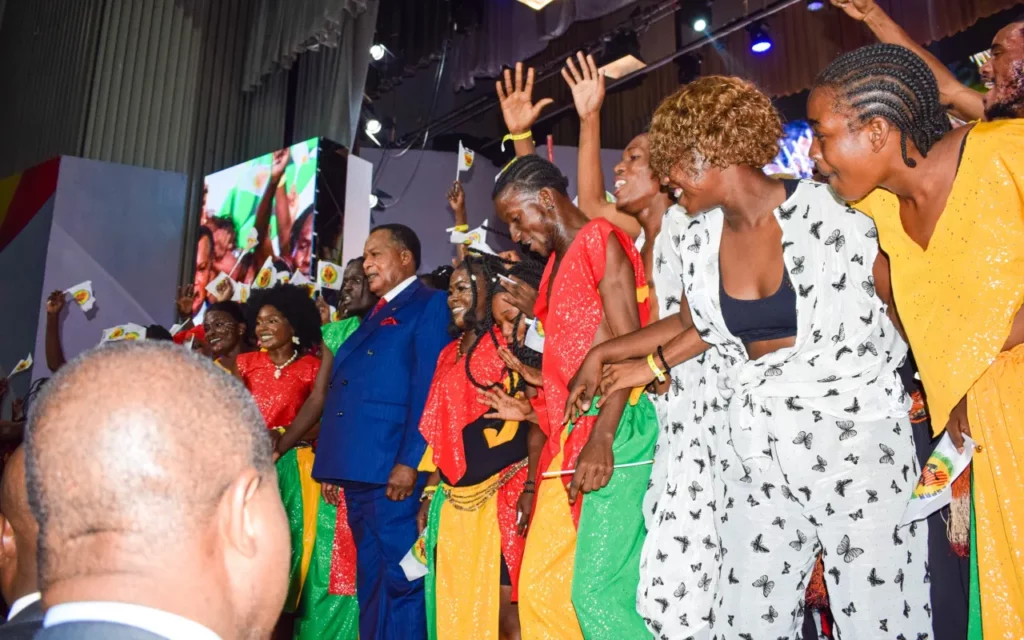
Under the lights of the Palais des Congrès, an entire continent found its voice. Hypnotic rumba, electrifying afro-trap, soul-stirring gospel, inspired jazz, and the deep pulse of traditional rhythms — FESPAM 2025 was a living symphony of African expression. With its theme, “Music and Economic Challenges in Africa in the Digital Age,” the festival successfully blended creation, reflection, and collective celebration.
But beyond the music, this edition reflected a bold political vision — that of a president who, in 2024, declared it the Year of Congolese Youth, inspiring the theme of the closing show, simply titled “The Year of Youth.” The choreographic work was directed by Gervais Tomadiatunga, a dancer-turned-master choreographer who shared his emotion at “returning not just as a performer, but as the creative lead.” His journey is emblematic of what FESPAM stands for: elevation through culture.

Then came the words. Professor Destiny Tchéhouali, a Beninese researcher and digital expert based in Canada, delivered an impassioned, erudite plea for a culturally sovereign and digitally empowered Africa.
“The global cultural and creative industries generate over $3.1 trillion annually. Africa captures only a fraction of that,”
he reminded the audience, calling for a reassessment of a sector too often underestimated. From music schools and digital training to cultural rights protections, he outlined a future where African languages, stories, and rhythms are no longer sidelined in the global digital landscape.
His speech resonated deeply with the audience — notably with the head of state himself, whose presence at both the opening and closing ceremonies did not go unnoticed.
“It’s rare, and it gives us strength,”
said a visibly moved singer from Chad.
Over the course of a week, more than 1,000 artists from across Congo-Brazzaville, the DRC, Senegal, Angola, Rwanda, Côte d’Ivoire, and beyond lit up the stages of the Palais des Congrès, Kintélé, and Mayanga. Music spilled into the streets, markets, and public squares, creating an atmosphere of festivity and spontaneous exchange.

“We’re in awe of the Congolese costumes,”
shared Sophie Ongaro and Laetitia Pasquet, two French costume designers in residence, captivated by the richness of local styles.
The Breil Gospel Group, after a stunning performance in Kintélé, praised the “incredible energy” of the event and expressed their desire to return. Others, like Djoson Philosophe, offered thoughtful suggestions for the future:
“We need more communication, more visibility. And we want MUSAF to return to its original format.”
This year’s edition skipped the traditional African Music Market (MUSAF) but focused instead on workshops, master classes, and exhibitions, including the symbolic donation of traditional instruments to the Pan-African Museum of Music. A key symposium gathered experts around a central challenge: how can African artists exist, resist, and thrive in a digital ecosystem dominated by global platforms?
Despite budgetary constraints, the event held strong. Backed by UNESCO, the Organisation internationale de la Francophonie, committed artists, and an engaged public, FESPAM 2025 managed to honor the past, celebrate the present, and look ahead with hope.
Africa is rich in talent. FESPAM reminded the world of that — through its rhythms, its movement, and even its powerful silences. But this momentum must now be sustained: more space, more resources, more platforms must be given to African artists.
As Professor Tchéhouali so powerfully put it:
“There is no future without memory, and no sustainable economy without culture.”
